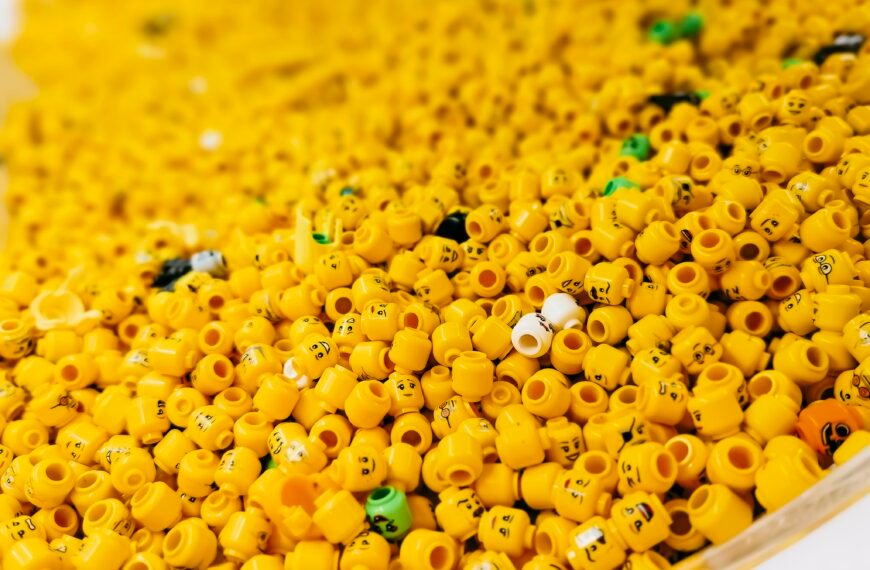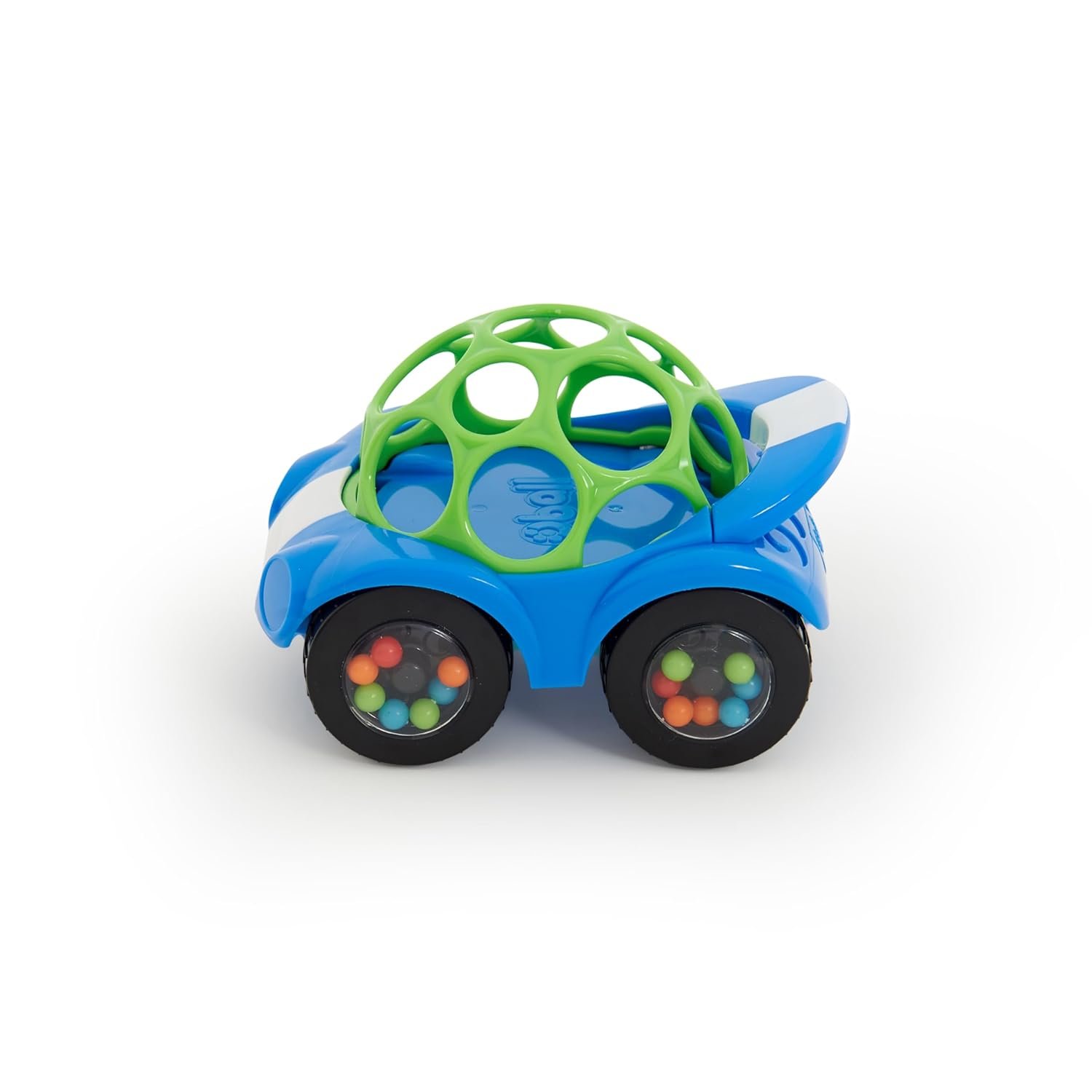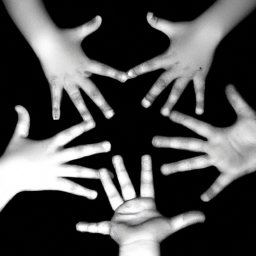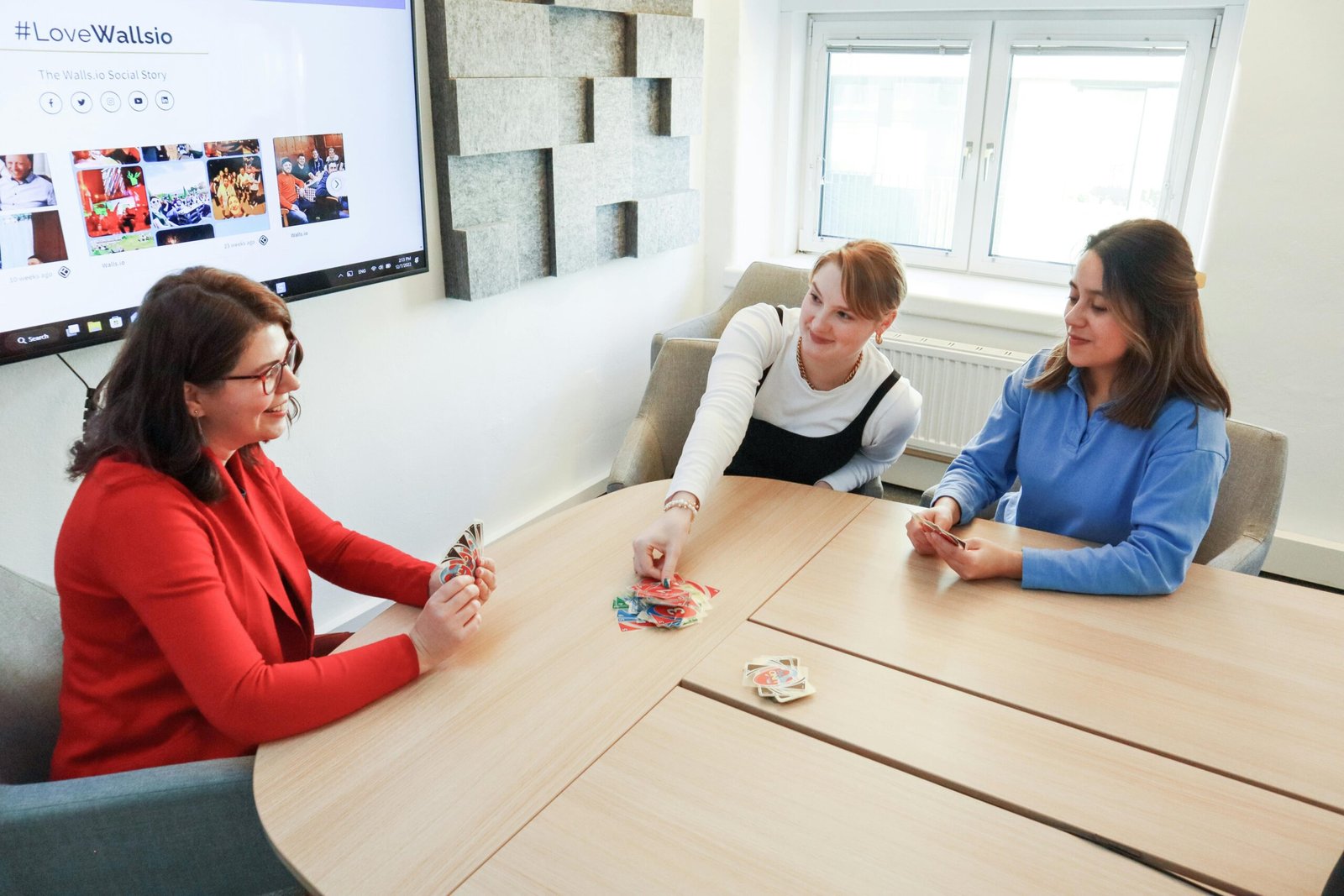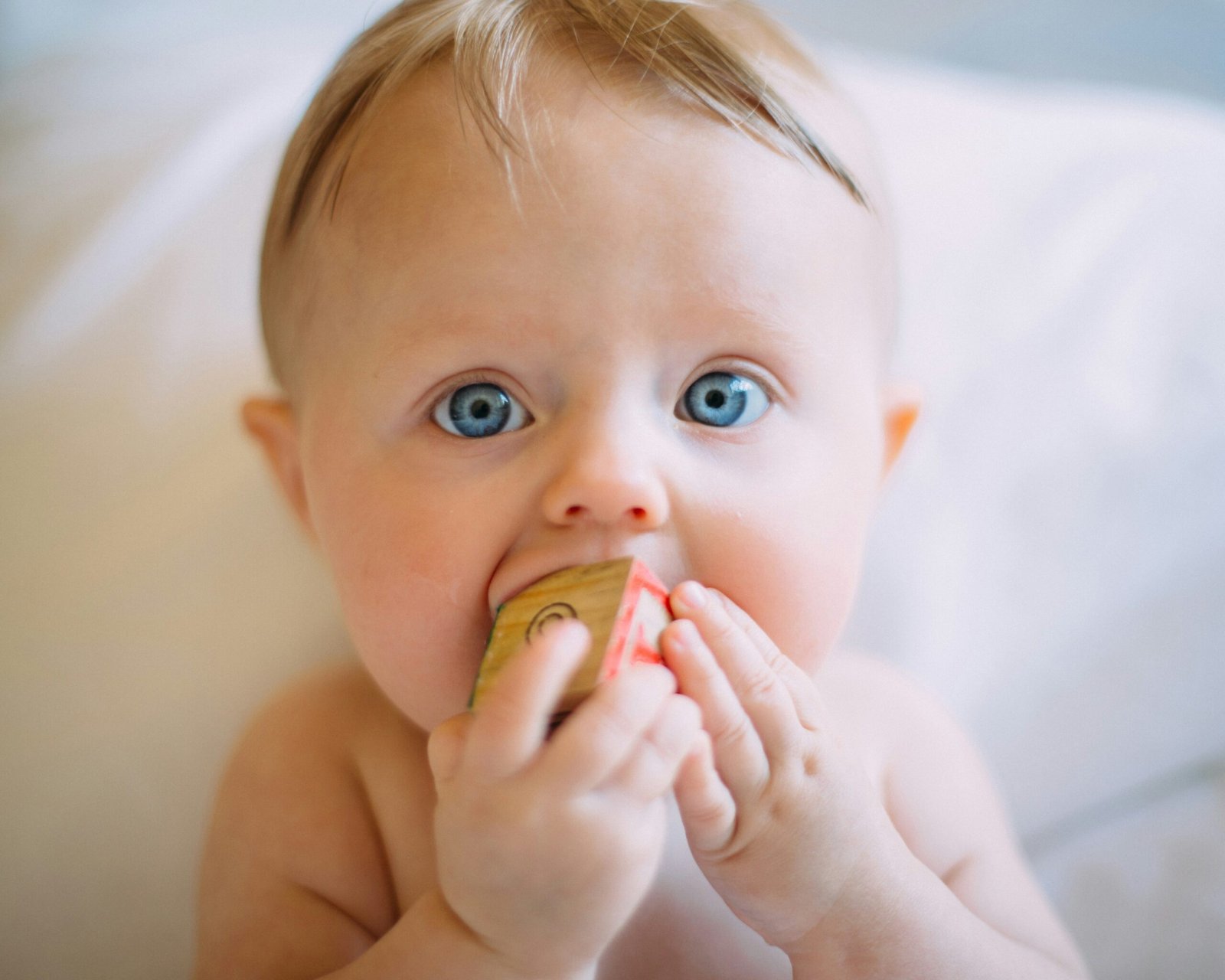The article “Early Childhood Development Toys By Age” provides a comprehensive guide to choosing developmentally appropriate toys for babies and toddlers. Written by Cynthia Hockman, ARNP, MS, CPNP of UnityPoint Health, the article offers toy suggestions and highlights the developmental benefits of each age-specific toy. From sensory toys for newborns to puzzles and interactive books for toddlers, this article aims to help parents make informed decisions when selecting toys that promote their child’s growth and learning. With a focus on both fun and educational play, this article serves as a valuable resource for parents in their search for the perfect toys for their children.
Infants: 0-4 Months
Toy Suggestions
There are several toy suggestions that are particularly beneficial for infants between the ages of 0-4 months. Rattles are a great option for infants as they help to build grip and provide tactile stimulation. Mirrors are also recommended as they improve focus on faces and objects, which stimulates social and language development. Musical mobiles are another excellent choice as they stimulate hearing and encourage infants to make sounds. Tripod gyms with dangling toys can enhance reach and grasp, as well as keep the infant’s head in midline. Books with baby faces, animals, and high-contrast images are not only visually stimulating, but they also contribute to speech and language development, as well as social and cognitive development. Colorful floor play mats are also recommended as they enhance tummy play and help develop strength in the arms and legs.
Developmental Benefits
These toys provide various developmental benefits for infants between the ages of 0-4 months. Rattles, for example, help infants build their grip and provide tactile stimulation, which is crucial for their sensory development. Mirrors play a significant role in improving infants’ focus on faces and objects, which is a fundamental skill for social and language development. Musical mobiles stimulate infants’ hearing and encourage them to make sounds. Tripod gyms with dangling toys help enhance infants’ reach and grasp, as well as keep their head in midline. Books with baby faces, animals, and high-contrast images contribute to speech and language development, as well as social and cognitive development. Colorful floor play mats enhance tummy play, which is essential for developing strength in the arms and legs.
Cynthia’s Personal Favorites
Cynthia, who is an experienced ARNP and MS in early childhood development, has a few personal favorites when it comes to toys for infants between the ages of 0-4 months. Her favorites include the Tolo Tumble Ball and the Gripper Rattle from Small World Toys. These toys are not only entertaining for infants, but they also provide various sensory experiences that contribute to their overall development. Cynthia highly recommends these toys based on their design and the developmental benefits they offer.
Infants: 4-6 Months
Toy Suggestions
As infants between the ages of 4-6 months start to explore the world around them and develop their fine motor skills, there are a few toy suggestions that can enhance their overall development. Textured and/or chilled teethers are particularly useful during this stage as they help infants cope with teething. Soft squeeze toys of different sizes and shapes are also recommended as they build grasping and manipulation skills. Peek-a-boo toys are another great option as they enhance object permanence, an important cognitive skill for infants to develop.
Developmental Benefits
The suggested toys for infants between the ages of 4-6 months provide specific developmental benefits. Textured and/or chilled teethers help infants cope with the discomfort of teething, which is a crucial milestone during this stage. Soft squeeze toys of different sizes and shapes build infants’ grasping and manipulation skills, contributing to their fine motor development. Peek-a-boo toys enhance object permanence, which is an important cognitive skill for infants to develop.

Infants: 6-9 Months
Toy Suggestions
Infants between the ages of 6-9 months are becoming more mobile and developing more controlled movement patterns. As a result, specific toy suggestions can help support their physical and cognitive development. Baby blocks, for example, are excellent for building fine motor skills, as infants learn to manipulate and stack them. Toys that roll and make sounds when touched can encourage creeping and crawling movements, enhancing gross motor skills. Peek-a-boo toys are still recommended during this stage as they continue to enhance object permanence. Lastly, a busy box, which allows infants to manipulate different objects and creates cause-and-effect experiences, can provide opportunities for exploration and learning.
Developmental Benefits
The toy suggestions for infants between the ages of 6-9 months offer various developmental benefits. Baby blocks, for instance, contribute to the development of fine motor skills as infants manipulate and stack them. Toys that roll and make sounds when touched encourage infants to engage in creeping and crawling movements, thereby enhancing their gross motor skills. Peek-a-boo toys continue to enhance object permanence, which is an essential cognitive skill for infants to acquire. Busy boxes that allow infants to manipulate objects and create cause-and-effect experiences provide opportunities for exploration, problem-solving, and learning.
Infants: 9-12 Months
Toy Suggestions
As infants between the ages of 9-12 months continue to grow and develop, specific toy suggestions can support their physical and cognitive milestones. Sensory balls with textured surfaces are highly recommended as they promote gross motor and tactile skills, as well as grasping, coordination, and crawling. Toys that involve putting items into containers are also beneficial as they develop both gross and fine motor skills. Lastly, toys, games, or books that have a hide-and-seek effect, such as pat-a-cake or peek-a-boo, contribute to enhancing object permanence.
Developmental Benefits
The suggested toys for infants between the ages of 9-12 months offer several developmental benefits. Sensory balls with textured surfaces promote various skills such as gross motor, tactile skills, grasping, coordination, and crawling. Toys that involve putting items into containers contribute to the development of both gross and fine motor skills. Lastly, toys, games, or books that have a hide-and-seek effect, like pat-a-cake or peek-a-boo, enhance object permanence, which is crucial for infants’ cognitive development.

Infants: 12-15 Months
Toy Suggestions
Around their first birthdays, infants experience significant cognitive development, and specific toy suggestions can support this growth. Stackable cubes are highly recommended as they increase fine motor skills and contribute to cognitive development regarding spatial relations. Puzzles with easy-grasp knobs are also beneficial as they build fine motor skills, hand-eye coordination, and enhance expressive and receptive language. Cause and effect toys that challenge infants’ understanding of object permanence can provide both fun and learning opportunities.
Developmental Benefits
The toy suggestions for infants between the ages of 12-15 months offer various developmental benefits. Stackable cubes, for instance, increase fine motor skills and contribute to cognitive development regarding spatial relations. Puzzles with easy-grasp knobs build fine motor skills, hand-eye coordination, and enhance expressive and receptive language. Cause and effect toys challenge infants’ understanding of object permanence and provide opportunities for problem-solving, critical thinking, and cognitive growth.
Toddlers: 24 Months to 3+ Years
Cynthia’s Personal Favorites
Cynthia has a few personal favorites when it comes to toys for toddlers between the ages of 24 months and 3+ years. Despite offering educational toy recommendations for this age group, Cynthia emphasizes the importance of reading and the impact it has on speech and language development, as well as social and cognitive development. She advises parents to make storytime interactive by asking questions about the story and assessing their toddler’s comprehension. Additionally, Cynthia acknowledges the role technology can play in a child’s development but encourages parents to promote a healthy balance between screen play and creative play.
Cynthia’s Personal Recommendations
In addition to emphasizing the importance of reading, Cynthia also shares her personal toy favorites for toddlers. She recommends “It’s Potty Time” books, which assist with potty training. Tricycles or pedal toys can provide toddlers with a sense of independence and promote physical activity. The Melissa & Doug Cutting Food Set and the Hide and Seek Puzzle are also among Cynthia’s personal favorites. These toys help develop fine motor skills, hand-eye coordination, and cognitive development through hands-on play and problem-solving opportunities. By incorporating these toys into playtime, parents can support their toddlers’ development in an engaging and enjoyable way.
In conclusion, early childhood development toys play a vital role in supporting infants’ and toddlers’ growth and milestones. By providing age-appropriate toys that cater to their developmental needs, parents can promote physical, cognitive, and social development in their children. Whether it’s rattles and mirrors for infants or puzzles and interactive books for toddlers, these toys offer opportunities for exploration, learning, and fun at every stage of early childhood development.




